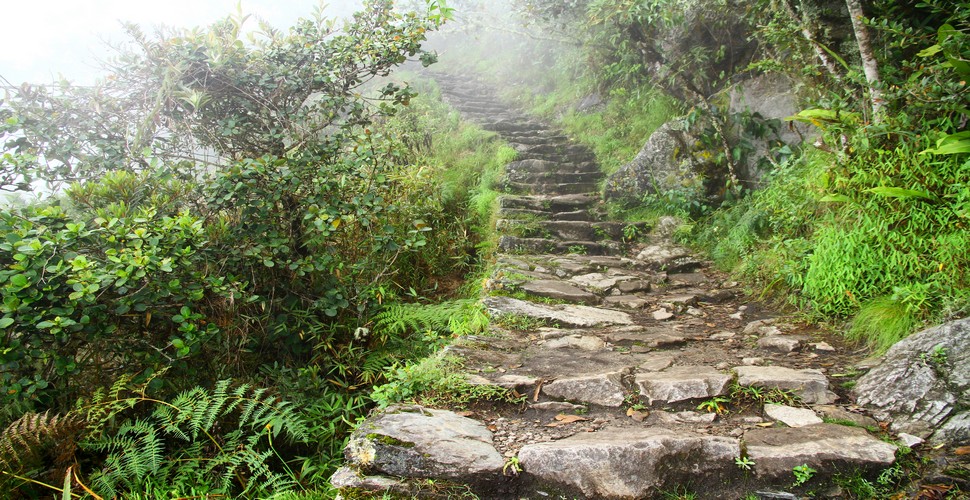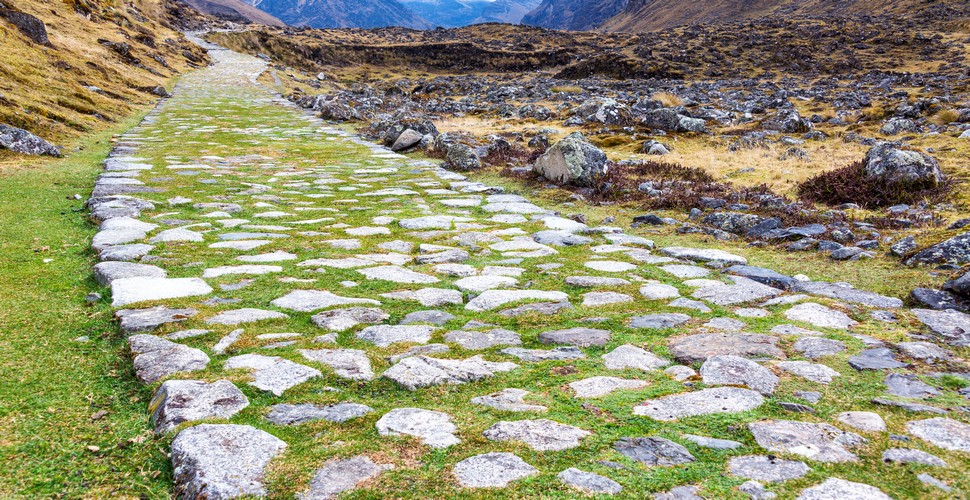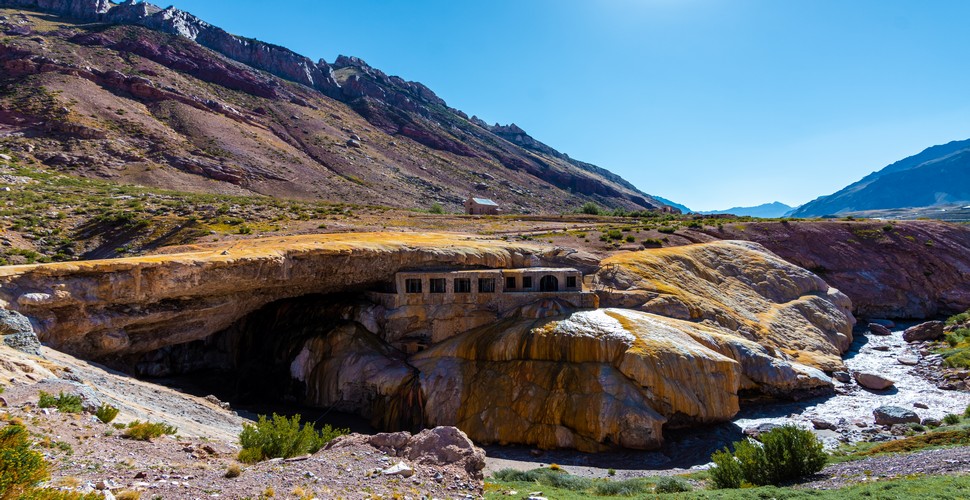
EXPLORING THE BOUNDLESS PATHS OF THE INCAS - THE QHAPAQ ÑAN TRAILS
Written by:Valencia Travel
Last Update: 2025-02-15
Imagine traversing ancient trails that wind through breathtaking landscapes, connecting civilizations and cultures that have long since faded into history. Welcome to the world of the Inca Empire and its magnificent road network, the Qhapaq Ñan. These ancient pathways, etched into the rugged terrain of the Andes, are more than just routes; they are threads that weave together stories of innovation, resilience, and human ambition. Join us on a journey through time along the Qhapaq Ñan, exploring the far reaches of its Inca Trails.
The Inca Trail to Machu Picchu
A Historical Tapestry Unveiled: Origins of Qhapaq Ñan
The Qhapaq Ñan, meaning "Great Inca Road," is a testament to the advanced engineering skills of the Inca civilization. This extensive network of trails spans over 24,000 miles, crossing through six modern-day countries: Colombia, Ecuador, Peru, Bolivia, Chile, and Argentina. It was the backbone of the Inca Empire, connecting its people from the highlands to the coast, and from the northern expanses to the southern reaches.
Part of The Qhapaq Ñan near Cusco
Architectural Marvels
The Inca engineers constructed the Qhapaq Ñan with unmatched precision. The pathways were paved with large stone slabs, some of which are still visible today, despite centuries of weathering and human activity. These stones fit together so perfectly that they did not require any mortar, showcasing the Inca's mastery of stonecraft. Along the way, we encounter settlements, fortresses, and ceremonial centers, highlighting the functional and spiritual importance of the Inca trails.
Magnificent Stonemasonry
Cultural Significance and Connection
More than just a means of transportation, the Qhapaq Ñan facilitated cultural exchange and trade among the Incas and neighboring societies. The road network allowed goods, information, and ideas to flow freely, fostering an atmosphere of cooperation and growth. In the echoes of these ancient footsteps, we find the whispers of countless stories and interactions, emphasizing the universal human desire for connection and understanding.
A Trekker on The Qhapaq Ñan
1. Colombia
The Qhapaq Ñan starts its journey in the north, in what is now modern-day Colombia. It traverses the rugged terrain of the Andes, connecting various Inca settlements and administrative centers.
A Section of The Qhapaq Ñan in Tayrona National Park, Colombia
2. Ecuador
As the trail continues southward into Ecuador, it passes through diverse landscapes, from high-altitude plateaus to dense rainforests. The trail played a vital role in connecting the Inca heartland to the northern regions.
Qhapaq Ñan near Quilatoa, Ecuador
3. Peru
Peru is perhaps the most famous section of the Qhapaq Ñan, as it is home to some of the most well-preserved segments of the trail. The path winds through the iconic Sacred Valley, connecting the ancient city of Cusco with other important sites like Machu Picchu.
Qhapaq Ñan near Lake Titicaca
4. Bolivia
The Qhapaq Ñan extends into Bolivia, where it continues its journey through the Andean highlands. This section of the trail reveals the Inca's incredible ability to adapt their engineering techniques to the challenging terrain.
Las Yungas Inca Trail, Bolivia
5. Chile
In Chile, the Qhapaq Ñan reaches the edge of the Andes and offers stunning views of the surrounding landscape. This section of the trail was used for trade and communication, as it connected different regions.
Qhapaq Ñan, Atacama Desert, Chile
6. Argentina
Finally, the trail extends into Argentina, where it crosses the northern provinces and demonstrates the Inca Empire's reach even into these distant lands.
Inca Bridge on The Qhapaq Ñan, Northern Argentina
Traversing Diverse Landscapes
As we journey along the Qhapaq Ñan, we are treated to a panorama of landscapes that shift from snow-capped peaks to lush valleys and arid deserts. The path leads us through dense rainforests, across roaring rivers on suspension bridges, and up steep mountainsides via intricate stone stairways. Each section of the Inca Trails offers a new perspective on the natural beauty of the Andes, reminding us of the awe-inspiring diversity of our planet.
Ruins near Phuyupatamarka, Inca Trail
Preserving a Legacy
Today, efforts are underway to preserve and restore the Qhapaq Ñan, recognizing its historical significance and its potential to inspire generations to come. UNESCO has designated the trail as a World Heritage Site, and local communities are actively engaged in conservation projects that honor their ancestors' ingenuity.
Hiking The Qhapaq Ñan
Inspirations from the Past, Lessons for the Future
As we conclude our journey along the Qhapaq Ñan, we are reminded of the limitless possibilities that human creativity and determination can achieve. The Inca people, with their vision of a connected empire, left an indelible mark on the world, inspiring us to reach for greatness in our own lives. The paths they laid transcend time, urging us to forge new connections, explore uncharted territories, and leave our own legacy for future generations to admire.
Qhapaq Ñan in The Cloud Forest
So, the next time you embark on a journey, whether it's a physical adventure or an exploration of the mind, remember the Qhapaq Ñan and the Inca spirit that lives on in the boundless paths of our dreams. Just as these trails once united a vast empire, they now unite us with the profound lessons of history and the shared aspirations of humanity. Find out more here!
 Aventure
Aventure
 Cultural
Cultural
 Gastronomy
Gastronomy
 Wellness
Wellness
 Local Living
Local Living
 Luxury
Luxury




















